Scientist of the Day - Albrecht Dürer
Albrecht Dürer, a German artist and engraver, was born May 21, 1471. Dürer is probably the best known of all German Renaissance artists, and he needs little introduction, even to 21st-century Americans. He was one of the foremost advocates of naturalism in art, maintaining that one should draw nature from life, rather than from copy books, and he has left us not only many sketches made of natural objects, but finished paintings that incorporated his studies of nature. We have already written one post on Dürer, where we focused on his 1515 woodcut of a rhinoceros, an exception to his credo that one should draw animals from life, since he never saw one himself. But it was a charming woodcut and had an amazing impact on natural history illustration for the next two centuries.
Today we are going to look at what seems to be another aberration, his publication in 1515 of two large woodcuts that mapped the northern and southern stars. They are often called the first modern star maps. They constitute another exceptional occurrence in Dürer's career, in that he never attempted anything like them again.
Star mapping presumably goes back to antiquity, but there are no surviving ancient star maps. What we have instead are figures of individual constellations, sometimes including the stars that make up those constellations. We have manuscripts with Arabic constellation figures, and Western medieval ones as well. Often, they are found in the writings of ancient astronomical poets, such as Aratus or Hyginus. With the advent of printing, editions of Aratus and Hyginus were soon published, often with woodcuts of the constellation figures, and their stars. We featured several of these early publications of constellation figures in our exhibit, Out of This World: The Golden Age of the Celestial Atlas, remounted in 2007 with an accompanying catalog, available online. We made the point then that the stars in the constellation woodcuts were not situated according to the positions available in the star catalog in Ptolemy’s Almagest. Instead, they were inserted at random, so they were in no sense star maps.
Dürer’s woodcuts changed all that, since they really are maps of the stars, the first ones in print. One woodcut shows the stars of the northern hemisphere (second image), and the other depicts the southern skies (third image). Our library does not have original prints of either map, since they are quite scarce, and very expensive to acquire. The last set on the market that I know about was sold at auction by Sotheby’s in 2011. The buyer, Daniel Crouch Rare Books, illustrated the woodcuts on their website before they were bought by an anonymous client. Our images are borrowed from the Sotheby/Crouch maps. They have the additional attraction of being partially hand colored.
Dürer collaborated with Johannes Stabius and Conrad Heinfogel in producing the maps. Heinfogel supplied the star positions – you will note that they all have numbers, which are the numbers they carry in Ptolemy’s star catalog. Dürer provided the constellation figures, and he paid little attention to the precedent set by Erhard Ratdolt and other publishers of editions of Hyginus and Aratus. Dürer’s figures are classical, the humans usually nude. Best of all, they are harmoniously arranged with respect to one another, which one never saw in the constellation books. This is especially true with the northern grouping of Perseus, Andromeda, Cassiopeia, and Auriga (which Dürer calls Erichthonius; first image).
Other constellation figures are exceptionally well-drawn – I especially like Ophiuchus, whose wonderfully muscled body contorts in his efforts to combat the serpent (fourth image). The human figures in Dürer’s map are all shown from the back, as if they were on a star globe and being viewed from the outside. This was unusual; Ptolemy described his constellation figures from the front, and they are depicted that way in the constellation books. Perhaps Dürer’s choice influenced Johann Bayer, who also showed the constellations from the outside in his landmark Uranometria (1603).
The animal constellation figures are also exceptionally attractive. The detail used for our first image depicts a lively Taurus and a slightly bemused Aries, and another detail from the northern celestial hemisphere shows Ursa major and minor, Leo, and Cancer (fifth image). Even the crab shows considerable life for a crustacean.
You might have noticed that the map of the southern stars (third image) is much less cluttered with constellations than its northern counterpart. That is because Ptolemy and his contemporary observers worked in Alexandria and could not see many of the southern stars. They would not be mapped until the later 16th century, by navigators on southern voyages. It is too bad that Dürer never had the opportunity to draw a celestial Toucan, Phoenix, Chameleon, or Bird of Paradise. We see on a detail of the southern map (sixth image) that Orion and the two Dogs had plenty of room to move around in, which was a good thing, with menacing Cetus on the left.
I tried to find a self-portrait of Dürer (he made many, starting at age 13) that was contemporaneous with his star-map woodcuts, but I did not find one. So I settled on a self-portrait that dates to 1500 (seventh image). It is in the Alte Pinakothek in Munich.
I ventured to state in the introduction to today’s post that Dürer’s most significant contribution to western science and art was the introduction of naturalism into art and thence into natural history. We need to do a post on that, and probably should have done it first. Meanwhile, if you want to see where Dürer lived and worked in Nuremberg, you may consult our post on Bernard Walther, a Nuremberg astronomer. Dürer bought Walther’s house, after his death, in 1508, and it still stands, now a Dürer museum . We showed two photos of it in our post, both taken by our former Library Fellow, Karl Galle.
William B. Ashworth, Jr., Consultant for the History of Science, Linda Hall Library and Associate Professor emeritus, Department of History, University of Missouri-Kansas City. Comments or corrections are welcome; please direct to ashworthw@umkc.edu.


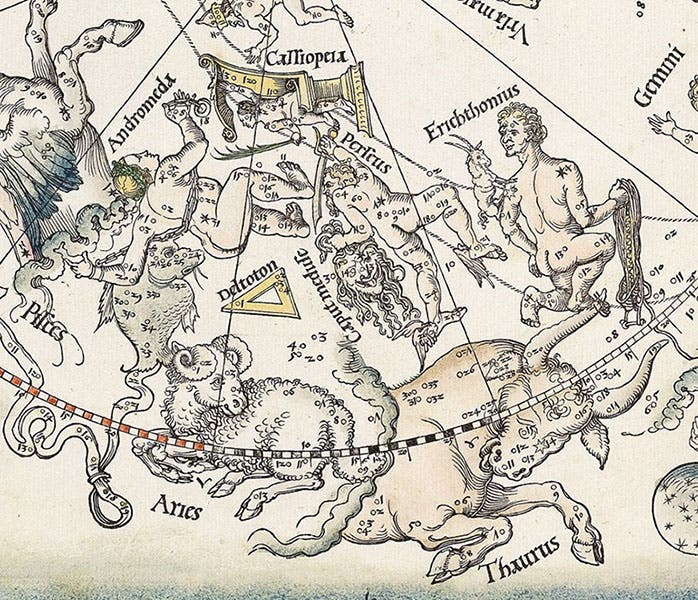

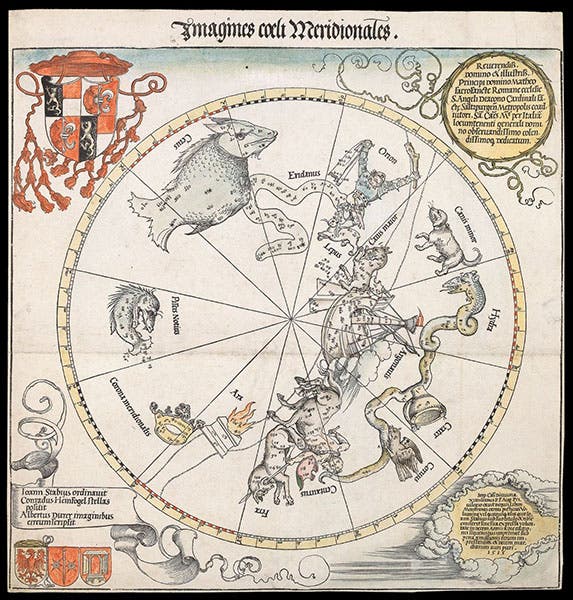
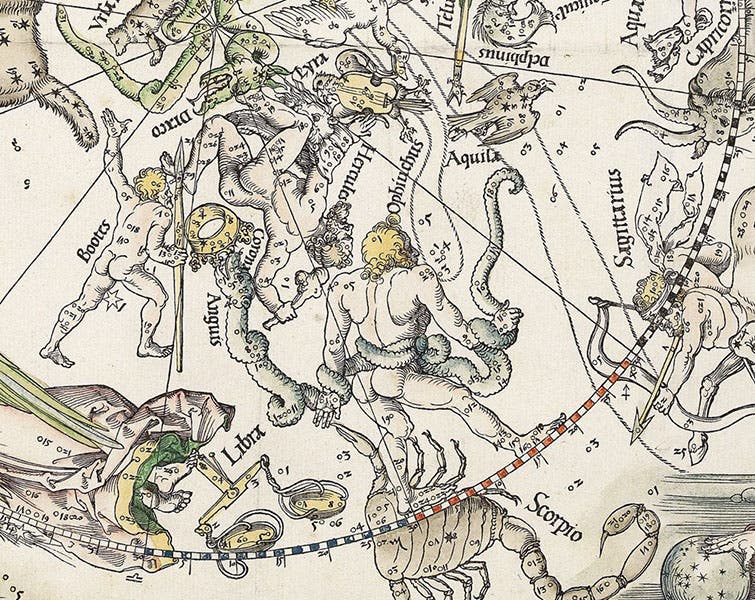

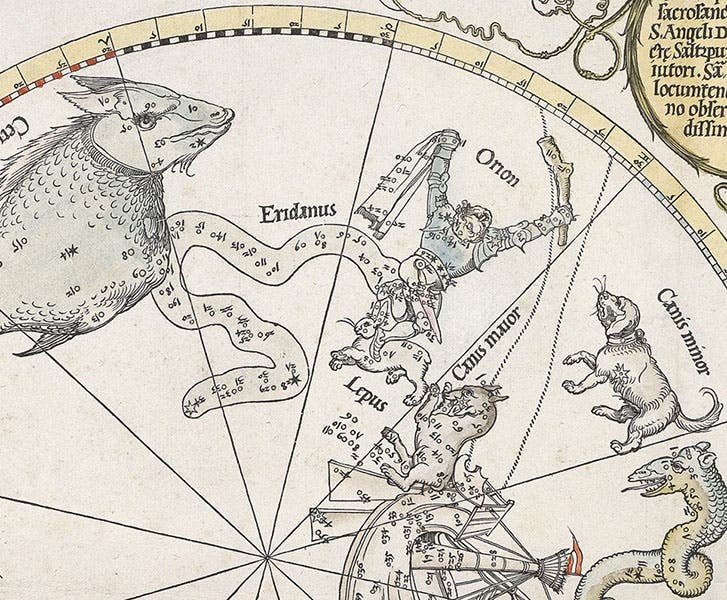
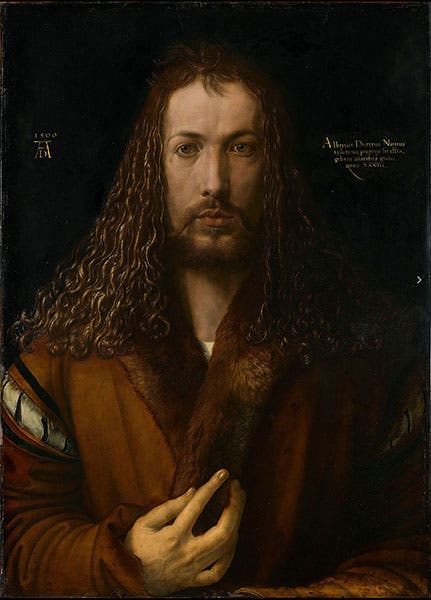


![Using an astrolabe to measure the depth of a well, woodcut in Elucidatio fabricae vsusq[ue] astrolabii, by Johannes Stöffler, 1513 (Linda Hall Library)](https://assets-us-01.kc-usercontent.com:443/9dd25524-761a-000d-d79f-86a5086d4774/a998eb50-55d2-4a88-ace2-a50aa5fa86e7/Stoffler%201.jpg?w=210&h=210&auto=format&fit=crop)

